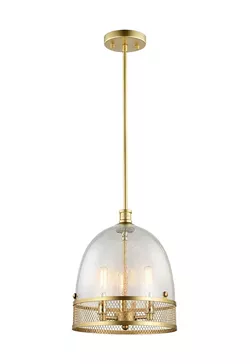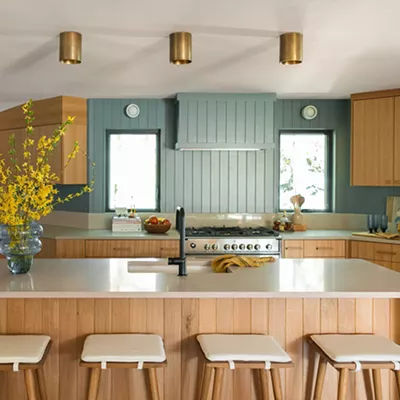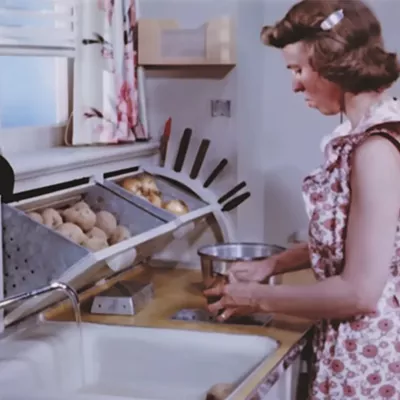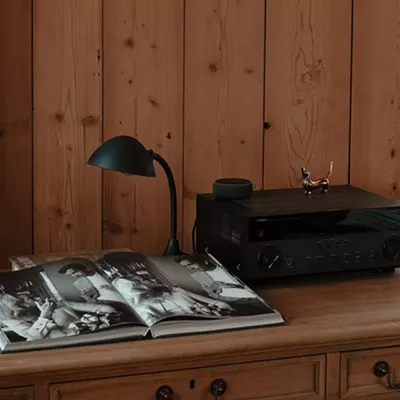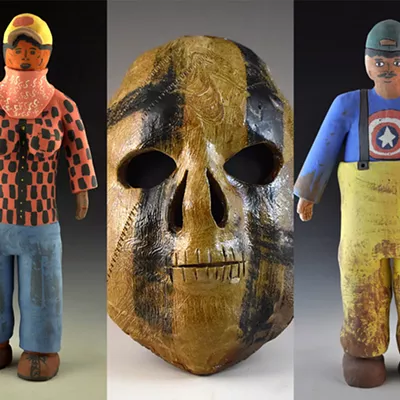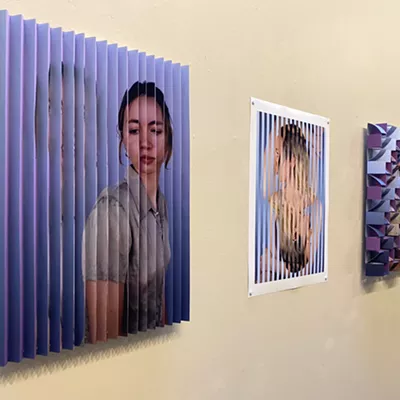
Few things alter your interior environment the way light does. So let's start with light bulb basics. Incandescent bulbs were industry-standards since their invention in the mid-1800s and have improved over time to last up to 1,000 hours. Incandescent light comes from a filament inside the bulb that also generates heat, giving these bulbs qualities that remind people of real sunlight. The downside is incandescent bulbs are not very energy efficient, giving off lots of heat as well as light.
After some less-than-optimal attempts at energy saving bulbs that gave off green or bluish light and cast people in an unattractive glow, there are at last acceptable substitutes for incandescent bulbs. Light-emitting diodes, or LEDs, use tiny semiconductors to create light very efficiently and for a long time — a single bulb can last up to 10,000 hours. And while these little powerhouses are brighter than incandescent lighting, they also come in a range of sizes and options: they're dimmable, fit in most fixtures and use less energy. A bonus? Since one bulb lasts 10 times as long as its incandescent counterpart, they even save landfill space.
COLOR YOUR WORLD
Lighting can vary in temperature, from warm to cool, qualities that can affect color perception and mood in a given space. "For homes, I typically recommend LEDs with a warm white color temperature," says Little Pacific Design Studio founder and designer Shaleesa Mize. They offer "a more relaxed and comfortable feel, similar to what we are used to with incandescent bulbs."
Mize likes to layer the lighting in the work she does, which is mostly residential — spanning the process from design support to space planning, construction, selecting finishes, fixtures and furnishings. Her rule of thumb: "Each room should include three layers of lighting: ambient, task and accent."
In a kitchen, for example, recessed cans or overhead lights provide ambient or generalized lighting. Task lighting is function-specific: under a cabinet, over a workspace. "Accent lighting best sets the mood, so in a kitchen, some unique pendants or lighting in glass cabinets would achieve this goal," says Mize.
A recent project involved coordinating several styles of lighting — schoolhouse, vintage and more modern — throughout a residence, unified through the fixture's finishes. She worked on the project with Ferguson Bath Kitchen and Lighting Gallery in Spokane.
"It's often the smallest details that make the biggest design impact," says Ferguson showroom manager Dara Olson. "However, it's easy to get overwhelmed with all the details and design choices, such as finishes. We work with both designers and homeowners to choose coordinating finishes for all the appliances, lighting, faucets and fixtures throughout the home, ensuring a streamlined and beautiful look. For this project, a warm brass finish was chosen and carried throughout the home."
LIGHT TRENDS
- Lighting is more than just a functional element, says Mize. She likes to incorporate unique fixtures that provide accents or even an artful focal point. Chandeliers can obviously add interest to a high-ceilinged areas, like entry ways, but may create even more drama when used in unexpected areas, such as the master bedroom.
- Integrated technology is also a popular option. Why bother with light switches when you can have lighting that "learns" your behavior or motion sensors that automatically turn lights on and off?
- Just when lighting went all high-tech and modern, consumers fell in love with those old-fashioned Edison bulbs — funky-shaped clear bulbs with glowing filaments. The good news is the bulbs are now available in LED format. Another trend is the "schoolhouse" look — industrial, pendant lighting — that also can be accomplished with those efficient LEDs.
- Finally, says Mize, bigger can be better, as larger-sized fixtures are replacing rows of smaller ones, such as over kitchen islands and counters.

